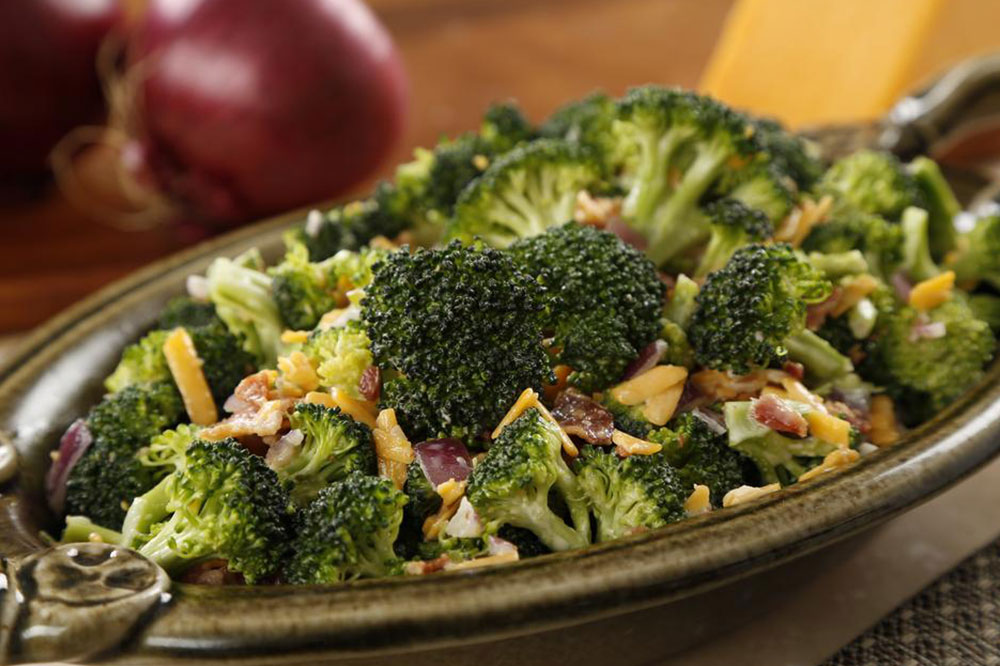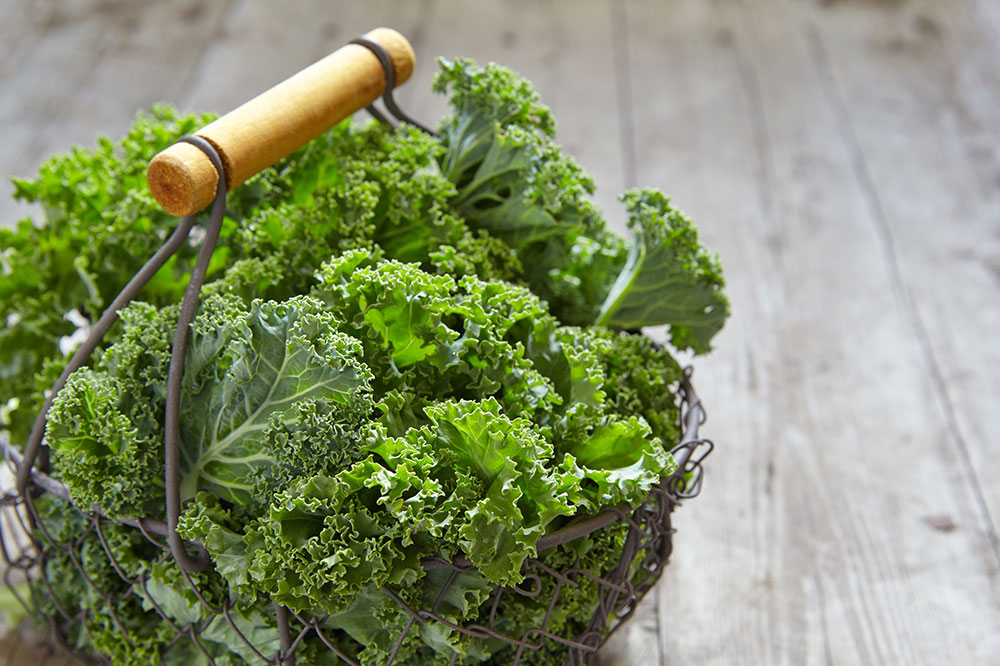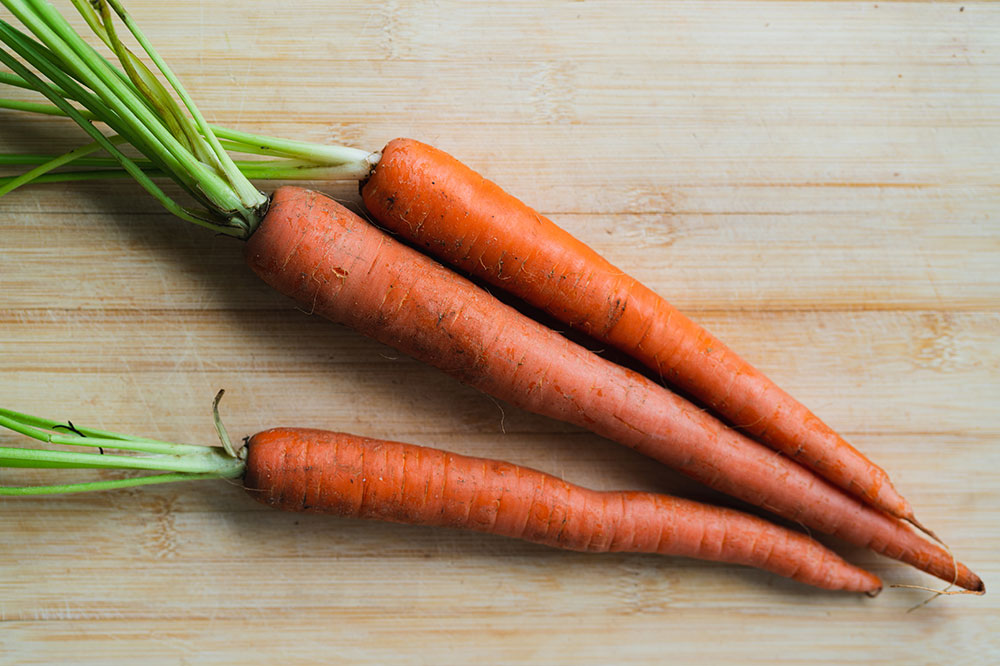Essential Nutritional Strategies to Reduce the Risk of Age-related Macular Degeneration
Discover comprehensive nutritional strategies to lower the risk of age-related macular degeneration. Learn about key foods including carrots, citrus fruits, nuts, greens, and organ meats that support eye health and help preserve vision. Incorporate these nutrient-rich foods into your daily diet for long-term eye protection and improved visual acuity. Perfect for individuals over 50 seeking natural preventive measures against AMD, this detailed guide emphasizes the importance of diet alongside medical treatments in maintaining optimal eye health and preventing vision loss.

Essential Nutritional Strategies to Reduce the Risk of Age-related Macular Degeneration
Age-related Macular Degeneration (AMD) is a common eye condition that primarily affects individuals over 50, leading to progressive loss of central vision, which is crucial for activities such as reading and recognizing faces. Among its forms, the wet type involves abnormal blood vessel growth beneath the retina, causing vision distortion and potential blindness if untreated. While modern medical interventions, including injections and laser treatments, can alleviate symptoms and slow progression, emerging evidence highlights the significant role of diet and proper nutrition in preventing or delaying the onset of AMD. By integrating specific nutrient-dense foods into your daily meals, you can enhance your eye health and potentially reduce your risk of developing this debilitating condition.
Understanding the vital nutrients that support eye health is essential for anyone looking to protect their vision as they age. Key nutrients such as vitamins A, C, E, lutein, and copper play crucial roles in maintaining retinal integrity and preventing cellular damage. These nutrients combat oxidative stress and inflammation, two major contributors to AMD development. In this comprehensive guide, we explore five fundamental foods rich in these nutrients, offering practical dietary tips to bolster your eye health and preserve your vision well into later years.
1. Carrots and Orange-colored Vegetables
Carrots are famously linked to good vision, but their benefits extend beyond mere anecdotes. They are high in beta-carotene, a precursor to vitamin A, which is essential for maintaining proper retinal function and visual acuity. Vitamin A deficiency is known to impair night vision and increase susceptibility to eye diseases. Besides carrots, other orange and yellow vegetables such as sweet potatoes, butternut squash, and acorn squash are excellent sources of beta-carotene. Leafy greens like spinach and kale also contain significant amounts of lutein and zeaxanthin, carotenoids that accumulate in the retina and filter harmful blue light.
2. Citrus Fruits and Vitamin C
Citrus fruits such as lemons, limes, grapefruits, and oranges are packed with vitamin C—a powerful antioxidant known for its role in protecting eye tissues from oxidative damage. Vitamin C supports the health of blood vessels in the eye, aiding in reducing inflammation and maintaining proper blood flow. Regular consumption of these fruits has been linked with a lower risk of AMD progression. Other excellent sources of vitamin C include strawberries, bell peppers, broccoli, and Brussels sprouts, all of which can be seamlessly incorporated into daily diets to promote vibrant eye health.
3. Nuts and Vitamin E
Almonds are among the best natural sources of vitamin E, an antioxidant that shields cells from free radical damage. For the eyes, this means protecting the delicate tissues in the retina from oxidative stress, which accelerates aging and disease development. In addition to almonds, other nuts such as hazelnuts, walnuts, and seeds provide similar benefits. Moreover, vitamin E is present in vegetable oils, spinach, and fortified cereals. Incorporating a handful of nuts into your daily nutrition plan can promote long-term eye health and potentially lower the risk of AMD.
4. Dark Leafy Greens and Lutein
Dark leafy greens like kale, spinach, Swiss chard, and collard greens are rich sources of lutein and zeaxanthin—carotenoids that are highly concentrated in the macula, the central part of the retina responsible for detailed vision. These compounds possess anti-inflammatory and antioxidant properties that help filter blue light and neutralize free radicals, rendering them essential in maintaining visual clarity. Consuming ample amounts of these vegetables has been associated with a reduced risk of AMD and age-related vision decline. Including salads, smoothies, and sautés filled with leafy greens can significantly bolster your eye protection regimen.
5. Organ Meats and Copper
Seldom considered a staple in modern diets, organ meats like liver and kidneys are remarkably nutrient-dense, particularly in copper. Copper is a trace mineral vital for iron absorption, formation of connective tissue, and overall cellular health in the eye. Its role in supporting angiogenesis and enzyme function contributes to the maintenance of healthy blood vessels within the retina. Other copper-rich foods include grains, nuts, shellfish, and seeds. Regular intake of these nutrient sources can support your body's natural defenses against age-related eye diseases, including AMD.
Conclusion: The Power of Nutrition in Vision Preservation
Incorporating these five food groups into your diet is a practical, natural approach to supporting your eye health. Maintaining a balanced diet rich in vitamins A, C, E, lutein, and copper not only nourishes your eyes but also promotes overall health and well-being. While genetics and age are non-modifiable factors affecting AMD risk, dietary choices offer a manageable way to influence your eye health positively. Along with regular eye check-ups and protective measures such as managing blood pressure and avoiding smoking, a nutrient-rich diet can serve as a powerful line of defense against the progression of age-related macular degeneration. Prioritize your vision today by making informed dietary choices—your eyes will thank you in the years to come.





